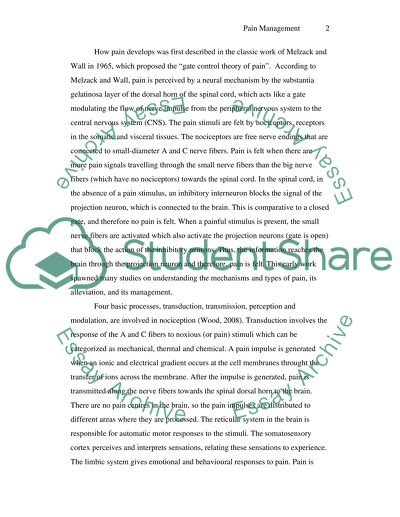Cite this document
(Postoperative Pain Management Research Paper Example | Topics and Well Written Essays - 2000 words, n.d.)
Postoperative Pain Management Research Paper Example | Topics and Well Written Essays - 2000 words. https://studentshare.org/health-sciences-medicine/1553173-postoperative-pain-management
Postoperative Pain Management Research Paper Example | Topics and Well Written Essays - 2000 words. https://studentshare.org/health-sciences-medicine/1553173-postoperative-pain-management
(Postoperative Pain Management Research Paper Example | Topics and Well Written Essays - 2000 Words)
Postoperative Pain Management Research Paper Example | Topics and Well Written Essays - 2000 Words. https://studentshare.org/health-sciences-medicine/1553173-postoperative-pain-management.
Postoperative Pain Management Research Paper Example | Topics and Well Written Essays - 2000 Words. https://studentshare.org/health-sciences-medicine/1553173-postoperative-pain-management.
“Postoperative Pain Management Research Paper Example | Topics and Well Written Essays - 2000 Words”. https://studentshare.org/health-sciences-medicine/1553173-postoperative-pain-management.


